The practice of mounting spare tires on the trunks of cars has been a common sight in automotive history. This design choice was influenced by various factors, including practicality, technological advancements, and aesthetic preferences. By examining the evolution of this trend, we gain insights into the broader context of automotive design and consumer needs.
The Historical Context of Spare Tire Placement
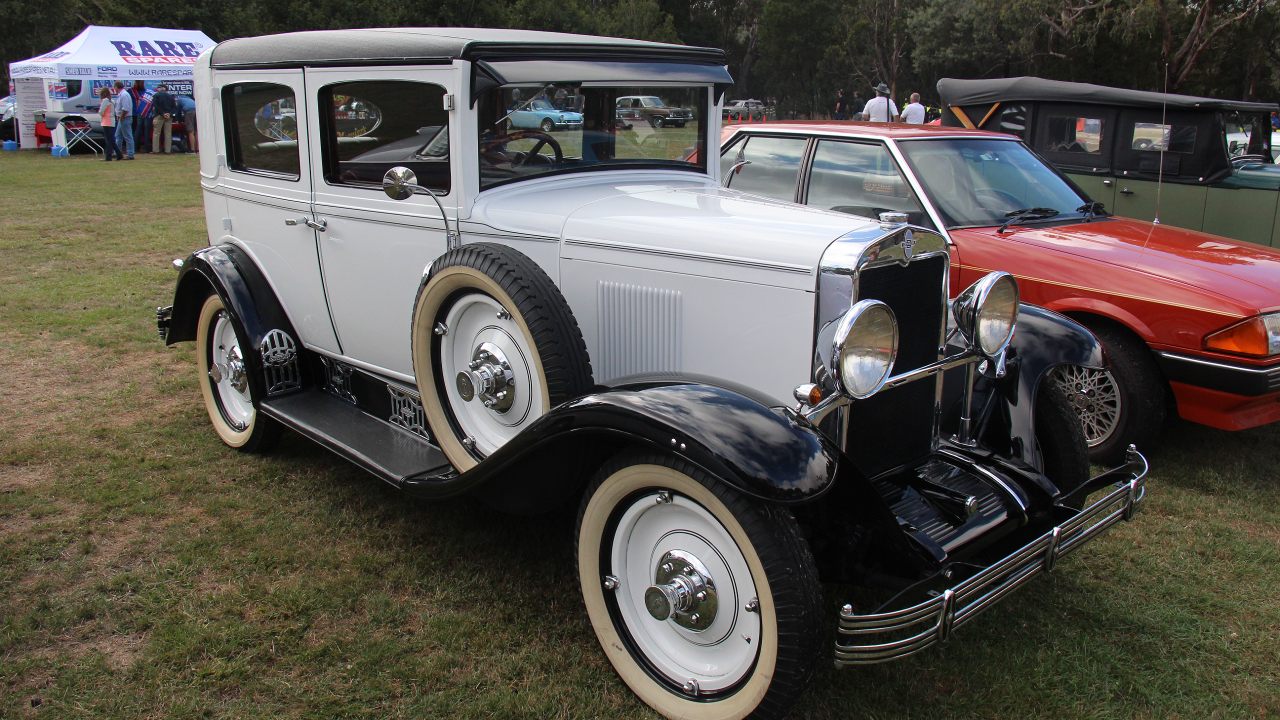
In the early days of automotive design, accessible spare tires were crucial for motorists. Roads were often unpaved and harsh on early tire technology, making flat tires a common occurrence. The ability to quickly access a spare tire without intricate procedures was a significant advantage for drivers who frequently faced breakdowns. As a result, many early vehicles featured externally mounted spare tires, which allowed for rapid tire changes — a necessity given the lack of roadside assistance services at the time.
As the mid-20th century approached, design trends began to prioritize both aesthetic appeal and practicality. The burgeoning automotive industry saw a shift in focus towards streamlined vehicle designs that were both sleek and functional. During this period, advancements in tire durability began to reduce the frequency of flats, influencing the decision to mount spare tires externally. This trend reflected a balance between maintaining accessibility to spare tires and enhancing the vehicle’s visual appeal.
Practicality and Utility Considerations

One of the primary reasons for mounting spare tires on trunks was to maximize trunk space and enhance vehicle interior functionality. By placing the spare externally, manufacturers could offer more room inside the vehicle for cargo, an appealing feature for drivers needing additional space for travel or daily activities. This design choice was particularly advantageous for families and individuals who required ample room for luggage or equipment.
Another critical factor was the ease of access in emergencies and remote areas. External spare tires allowed for quick changes without the need to unload the trunk first. This ease of access was particularly beneficial in remote locations where assistance was scarce, allowing drivers to manage tire changes independently. Additionally, vehicles designed for off-road and rugged terrain often featured externally mounted spares as a practical solution for quick repairs during adventurous excursions.
Influence of Vehicle Type and Design
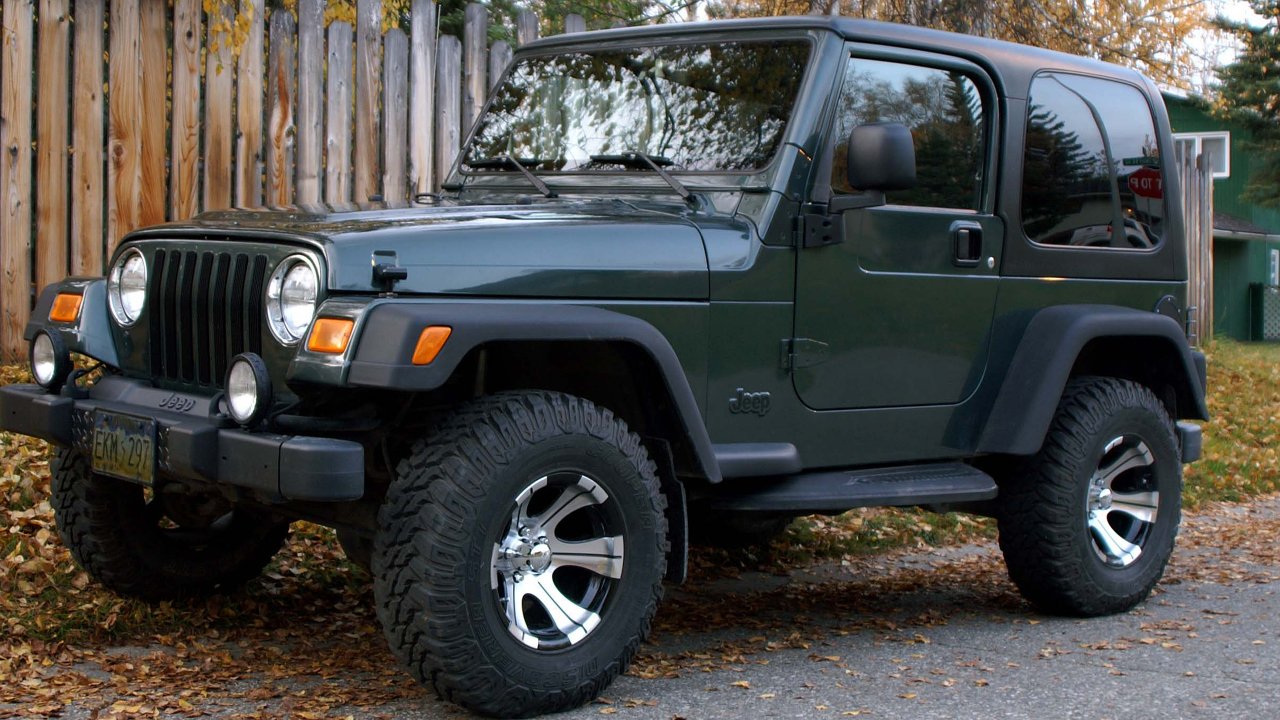
The prevalence of trunk-mounted spare tires varied significantly among different vehicle types. For instance, SUVs and off-road vehicles were more likely to feature external spares due to their intended use in rugged environments. In contrast, sedans and compact cars often prioritized streamlined designs and interior space, leading to internal spare tire storage. The differences in design priorities between vehicle categories played a significant role in the placement of spare tires.
Additionally, the aesthetic and brand identity factors influenced spare tire placement. Car manufacturers utilized this design element to enhance their brand identity, with some brands associating external spare tires with a rugged, adventurous image. Consumer perceptions also played a role, as vehicles with trunk-mounted spare tires were often seen as more robust and capable, appealing to specific market segments.
Modern Trends and the Decline of Trunk-Mounted Spares
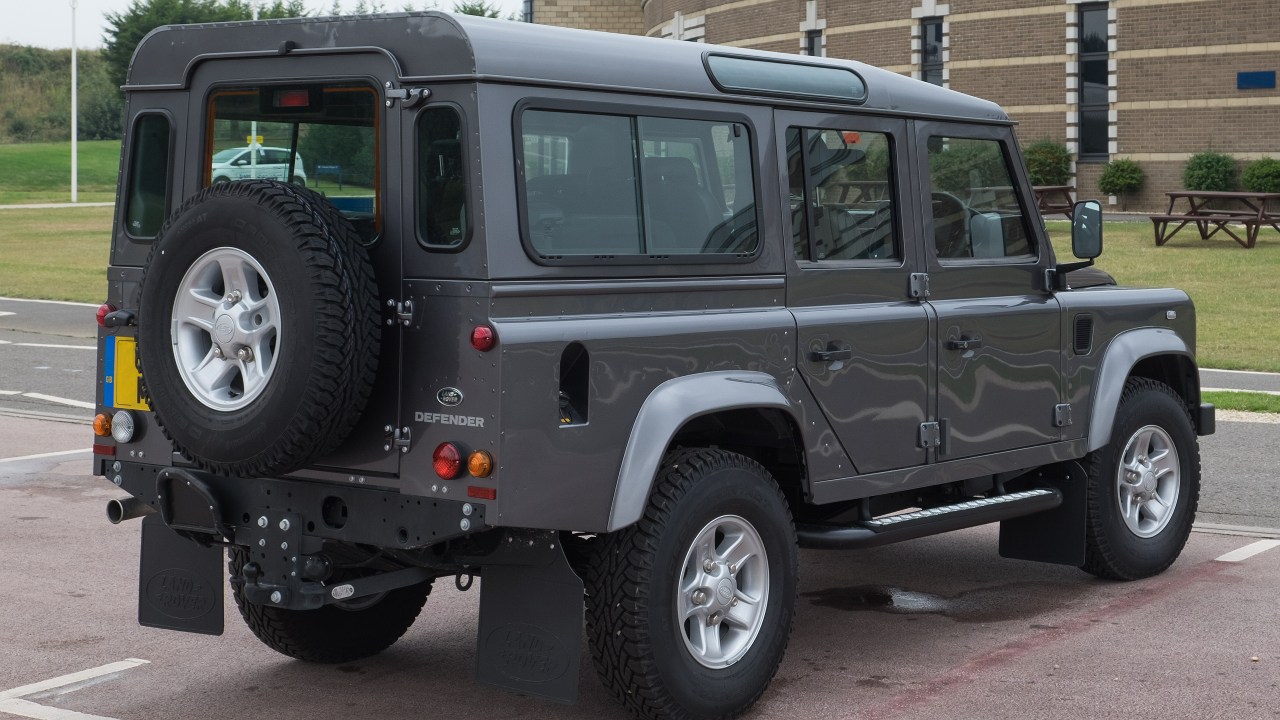
In recent years, the rise of alternative tire solutions and storage innovations has led to a decline in trunk-mounted spares. Run-flat tires and tire repair kits offer drivers the ability to continue driving after a puncture, reducing the immediate need for a spare tire. Meanwhile, modern vehicles incorporate innovative storage solutions, such as collapsible or under-floor spare tire compartments, maintaining trunk space while ensuring emergency preparedness.
Consumer preferences have also shifted towards more streamlined vehicle designs, with an emphasis on fuel efficiency and environmental considerations. As a result, manufacturers have adapted their design philosophies to meet these demands, often opting for internal spare tire storage or eliminating the spare altogether in favor of lighter, more efficient alternatives. These shifts underscore the evolving landscape of automotive design and the changing priorities of modern consumers.
Cultural and Regional Influences
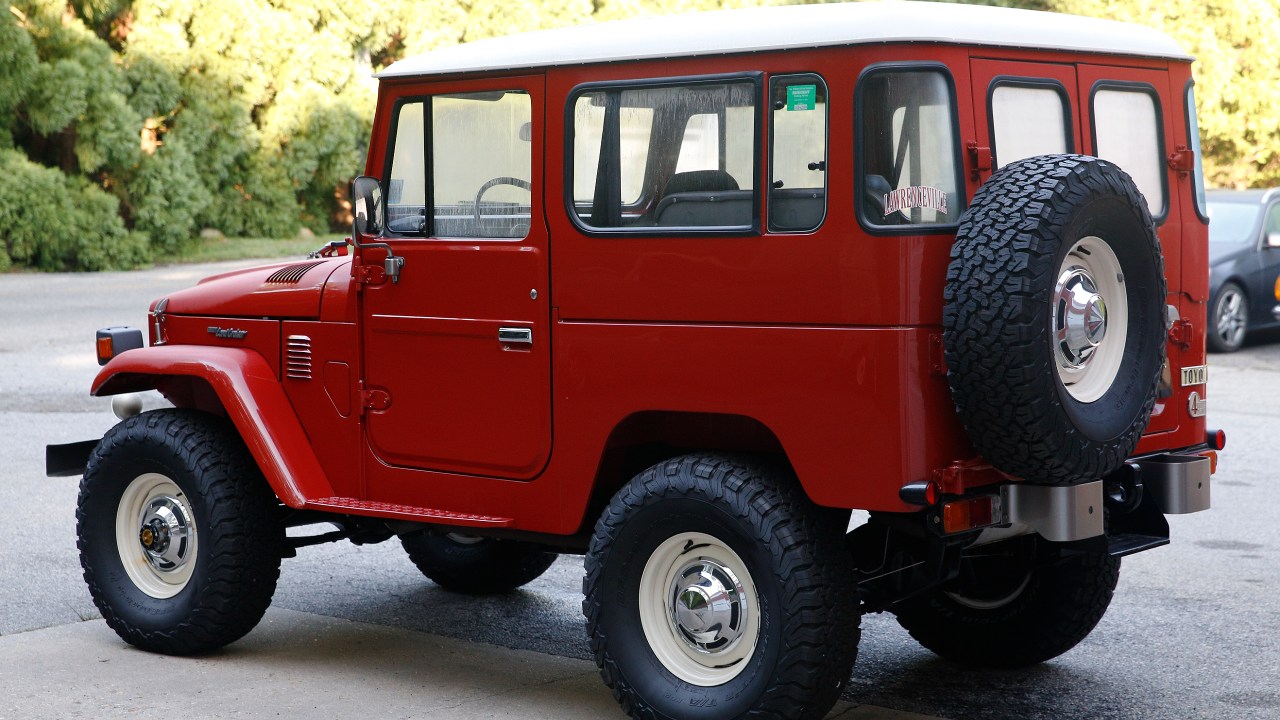
Regional variations significantly impact spare tire placement preferences. In countries with vast rural areas, such as Australia or parts of the United States, external spare tires remain popular due to their utility in remote travel. Conversely, in urban-centric regions, where space efficiency and aesthetics are prioritized, internal storage solutions are more common. These geographical and cultural differences highlight the diverse approaches to spare tire design across the globe.
Marketing strategies have also played a role in shaping consumer perceptions of trunk-mounted spare tires. For example, some manufacturers emphasize the ruggedness and adventure-ready nature of externally mounted spares in their marketing campaigns, targeting outdoor enthusiasts and adventure seekers. These strategies have left a lasting impact on consumer perceptions, with certain demographics associating external spare tires with a sense of freedom and exploration.
In conclusion, the practice of mounting spare tires on the trunks of cars reflects a complex interplay of historical, practical, and cultural factors. While modern trends have shifted away from this design choice, its legacy remains an integral part of automotive history, offering insights into the evolving needs and preferences of drivers worldwide.
Like Fast Lane Only’s content? Be sure to follow us.
Here’s more from us:
*Created with AI assistance and editor review.

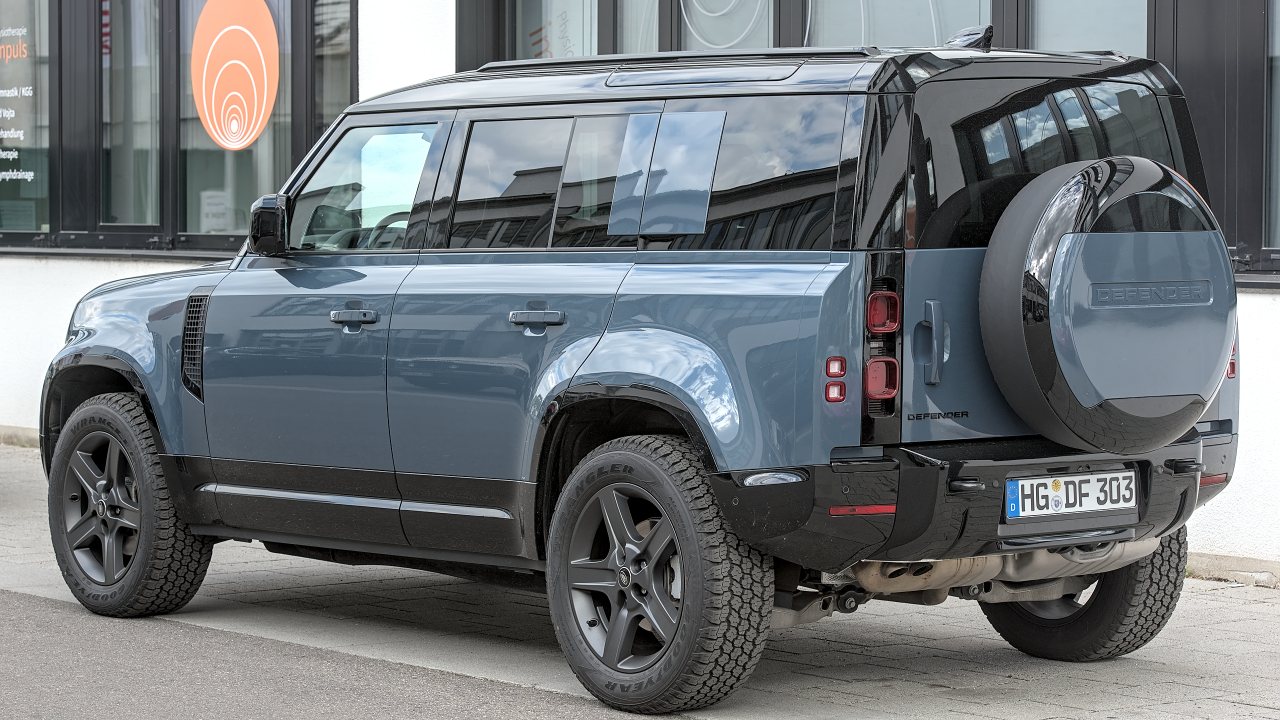
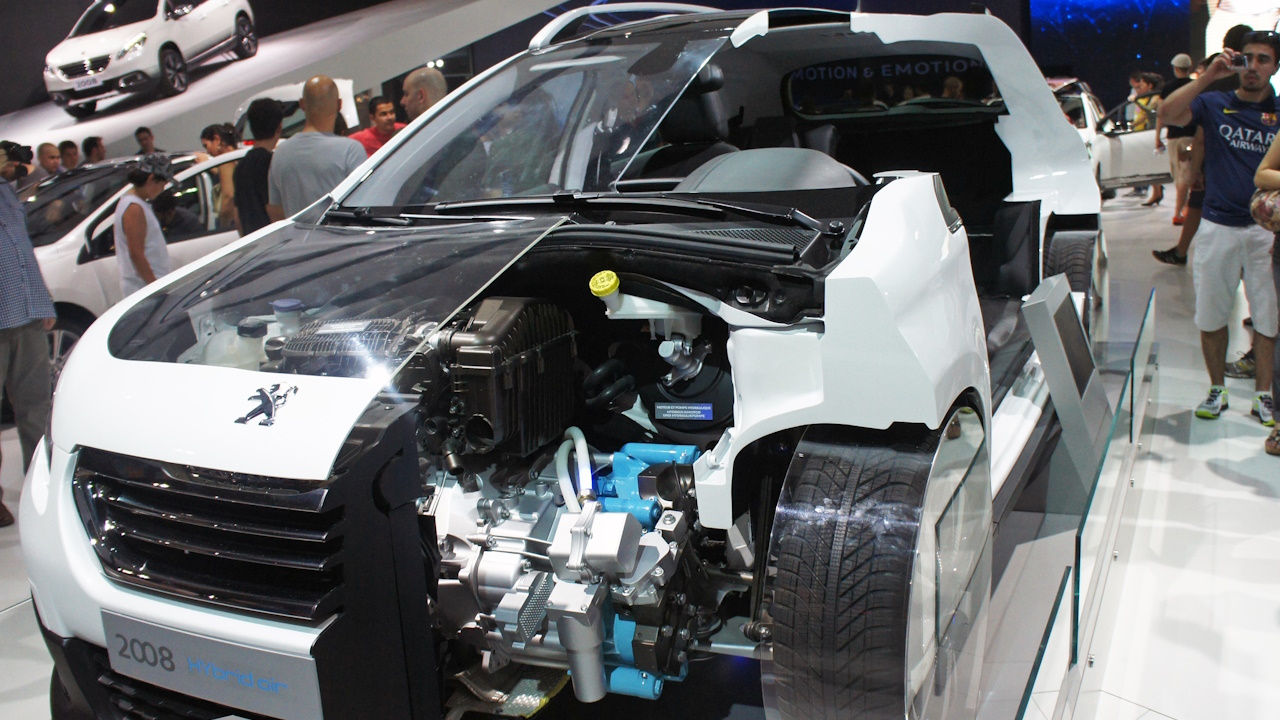
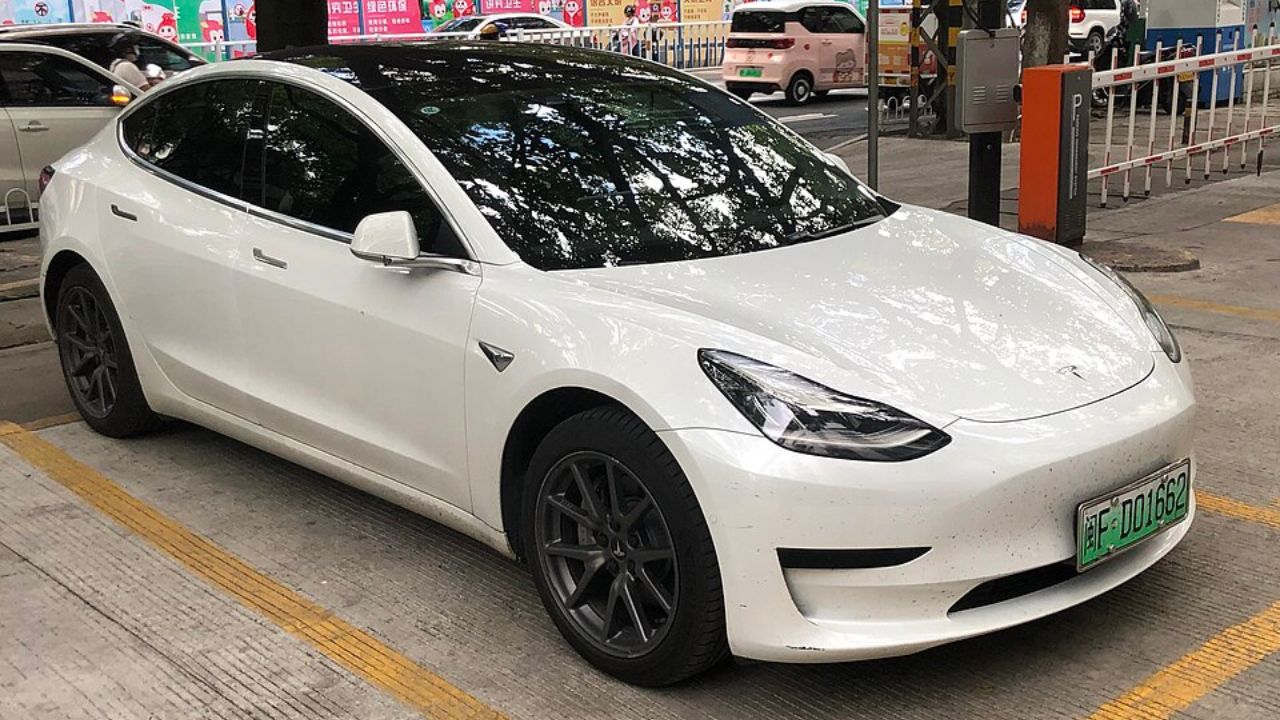
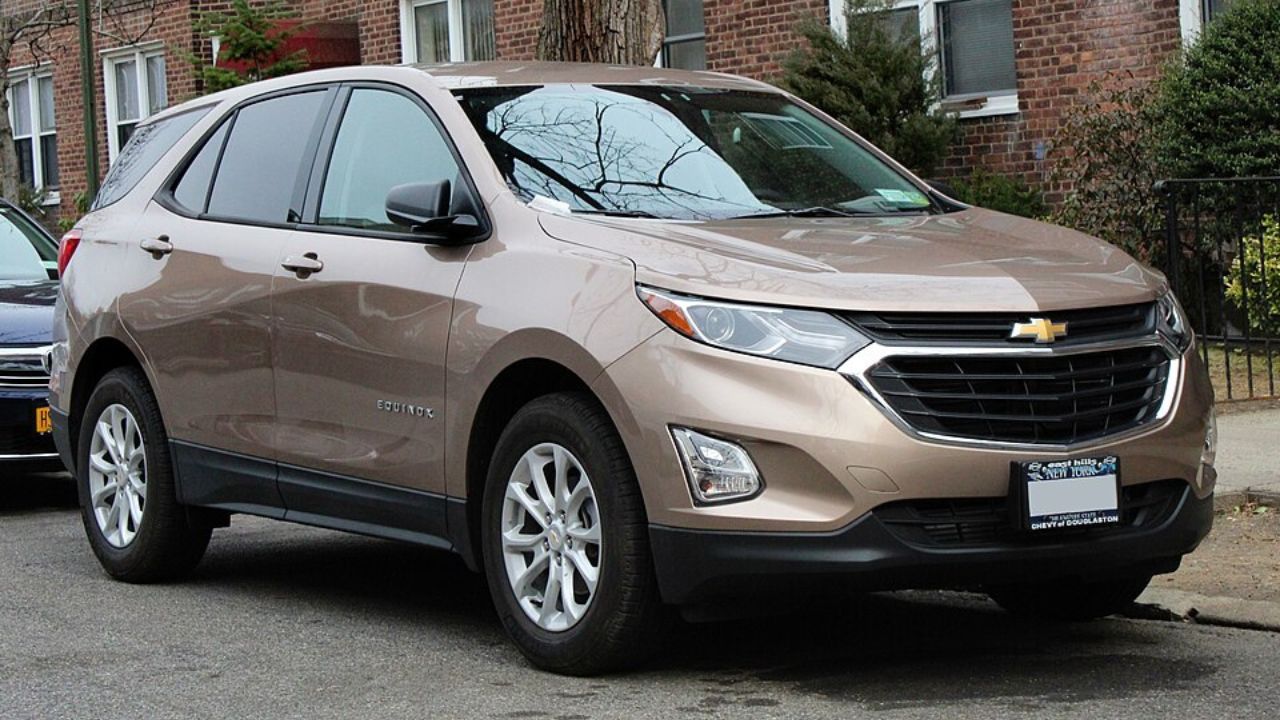

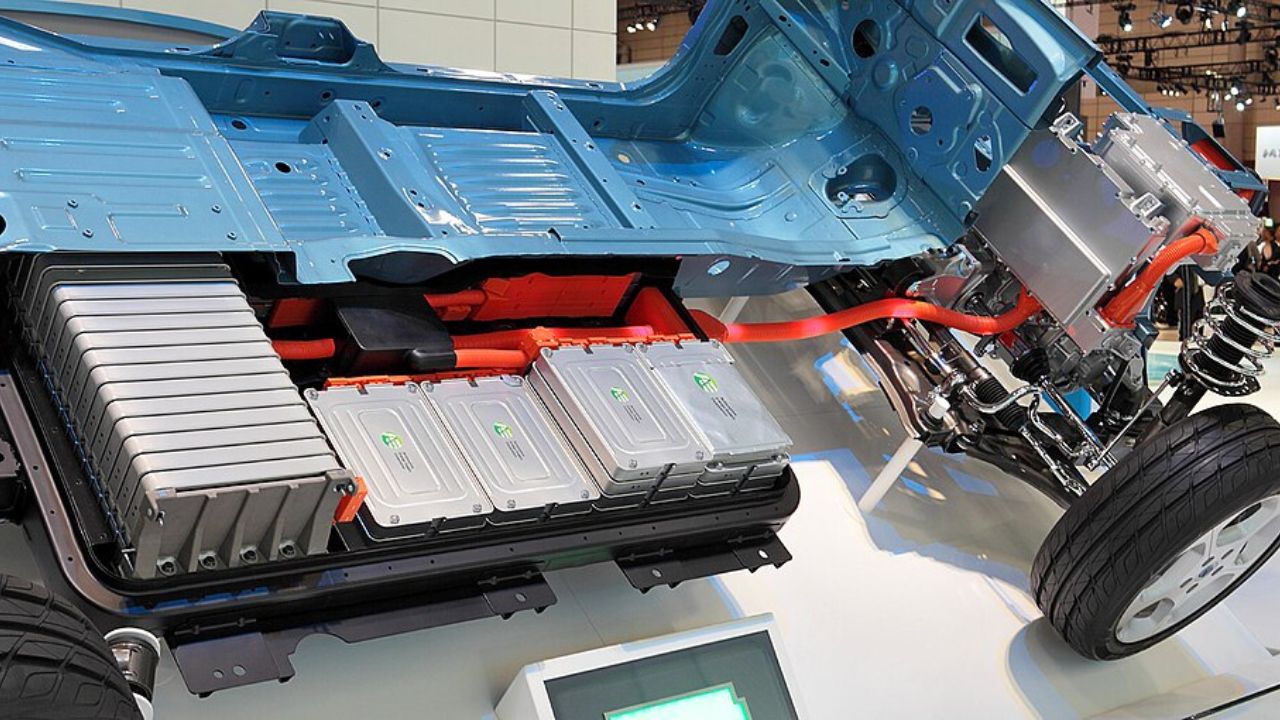
Leave a Reply